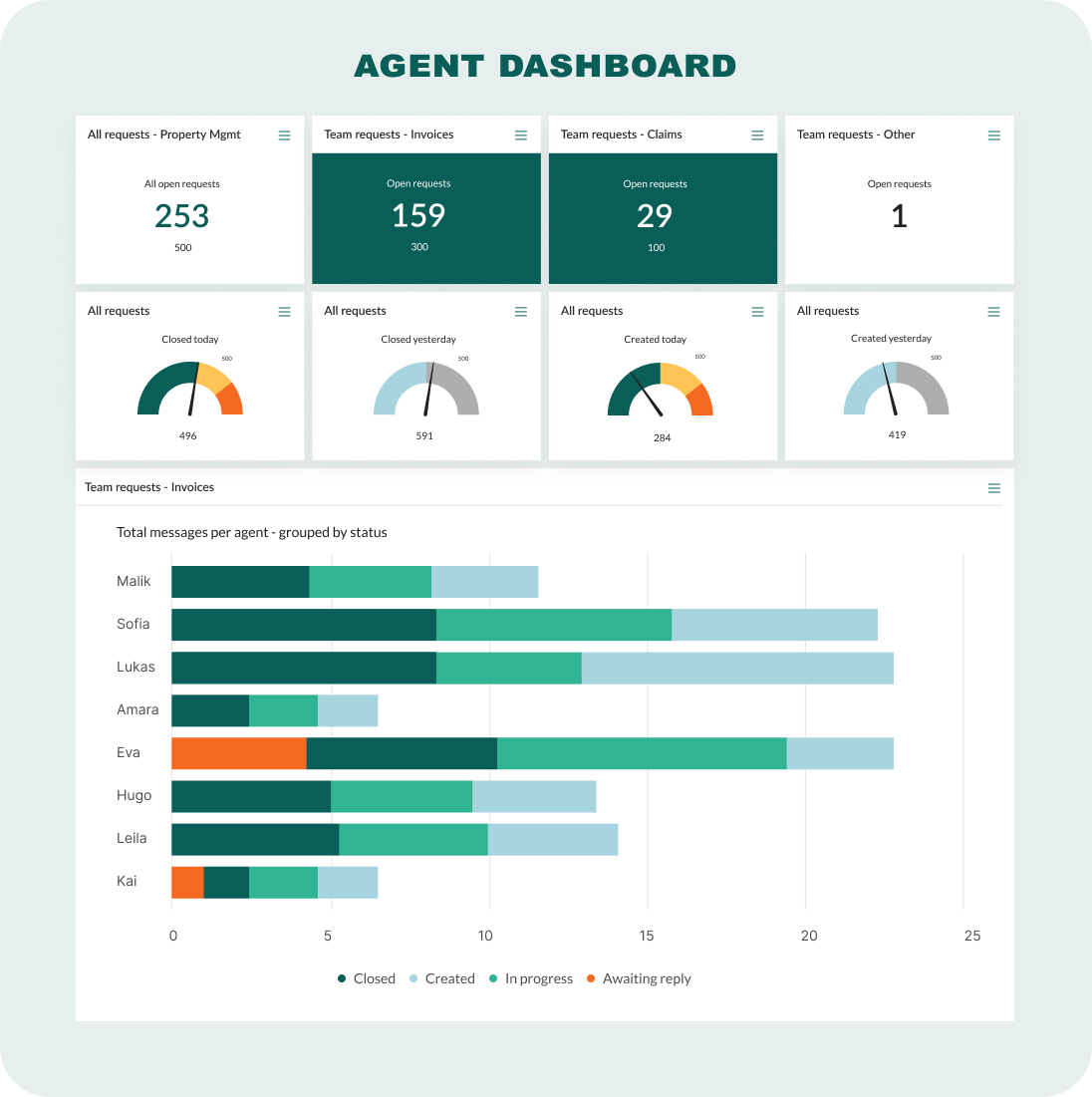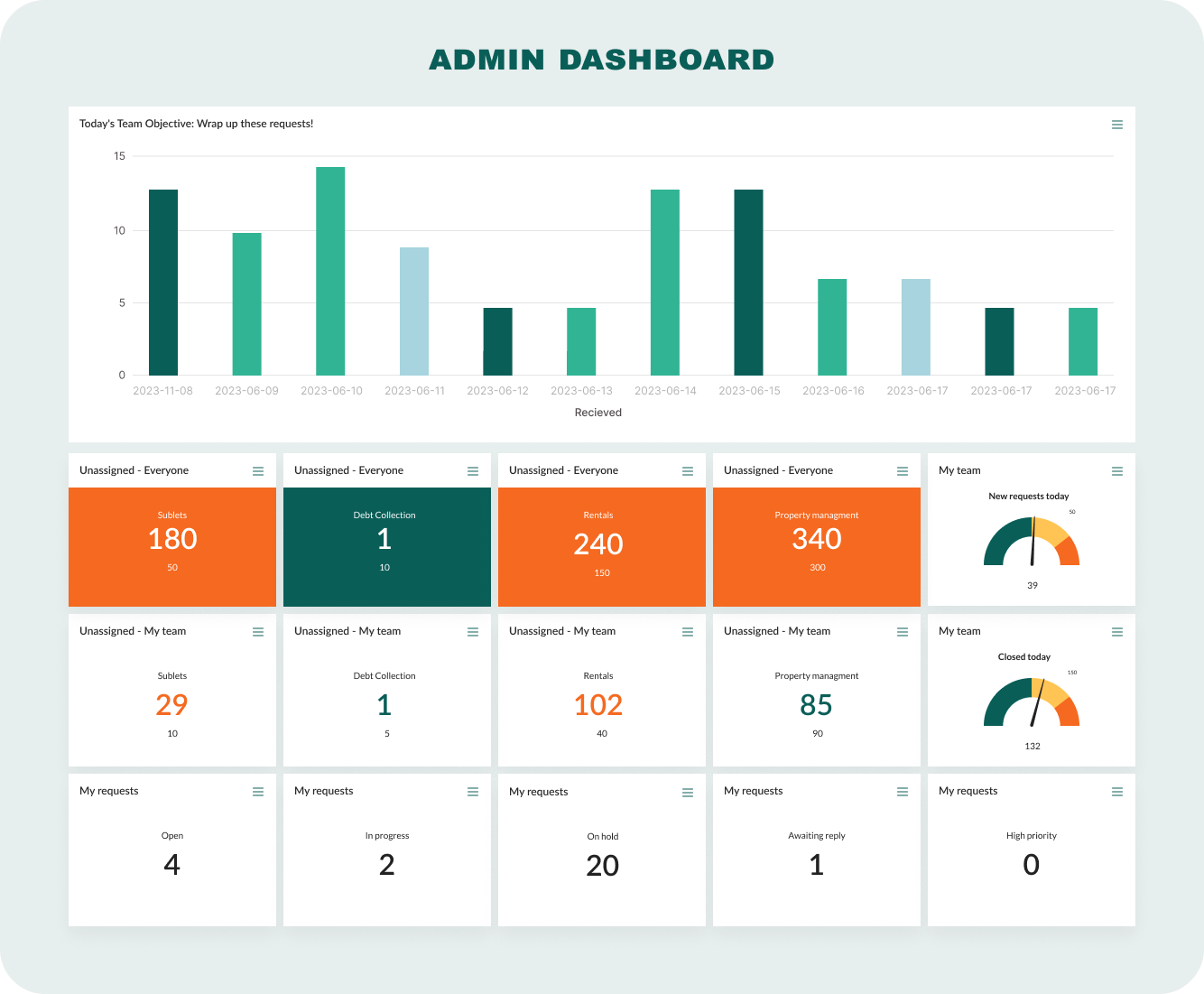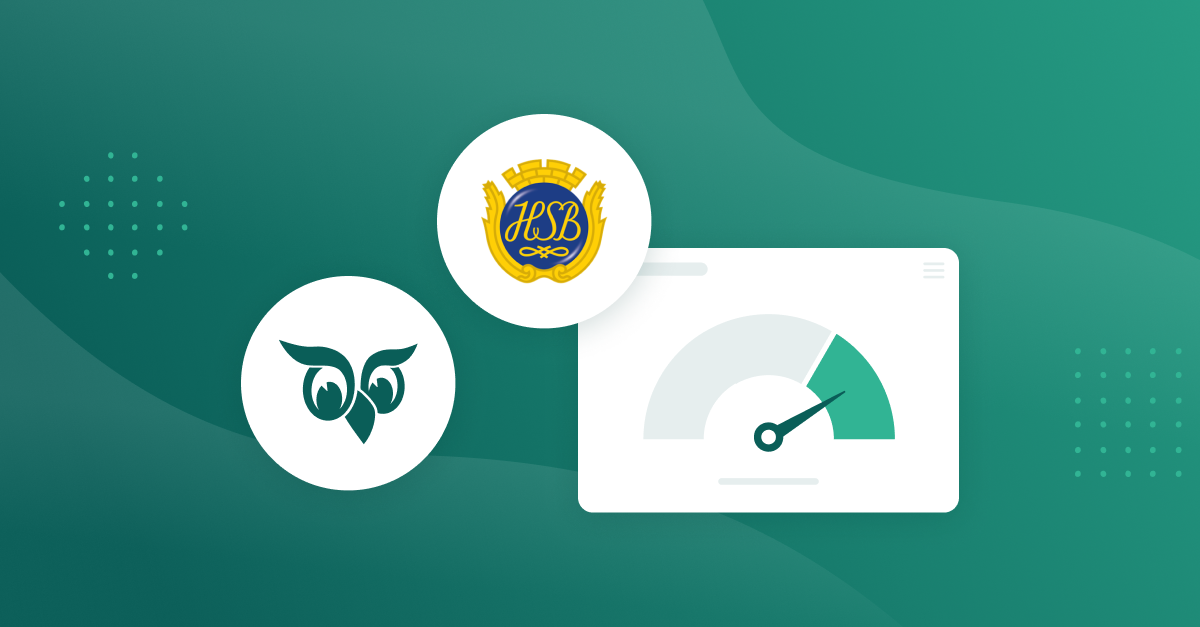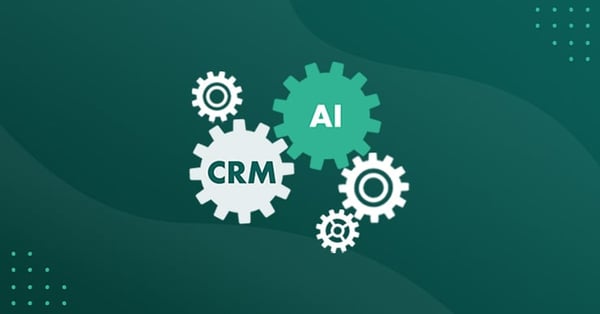In a bustling metropolis like Stockholm, the Housing Association (HSB) handles a massive workload daily, managing thousands of tickets, housing units, and member interactions.
With a history steeped in customer service (HSB is owned by its 250,000 members) and housing management, HSB recognized early on the need for a transformation to work towards customer-centricity and operational efficiency. But an important realization came to light: to achieve customer-centricity and operational efficiency, HSB needed to focus on empowering their employees first.
This success story delves into HSB's transformative journey, where they recognized that empowering employees and promoting SuperOffice CRM adoption internally was key to HSB's shift to customer-centricity.
The challenge: embracing customer-centricity in a complex ecosystem
HSB's story begins with a daunting challenge.
Faced with about 3,000 tickets every day – from phone calls and emails across 40+ shared inboxes – HSB sought a single solution to make customer interactions, housing management, and contractual processes smoother and more organized.
With fierce competition on the market, HSB realized the need for a more customer-centric shift in their approach. On top of that, HSB needed a tool to ensure they could reply to their customers on time, follow their service level agreements (SLAs), and still keep track of customer questions and solutions.
Without an existing ticketing system in place, HSB initially tried a virtual front-desk with 3 agents using Outlook. But this proved to be unsuccessful for HSB, which then began their search for a dedicated ticketing handling system.
This challenge became even more complex with the many existing tools and systems used by HSB. Very quickly, it became apparent that HSB needed one unified customer service tool that could easily integrate with its existing IT setup.
Less is more
With time, SuperOffice became the customer service tool of choice for HSB.
HSB’s initial adoption of SuperOffice’s former Service solution – E-Journal, however, was riddled with complexities and customizations.
Frustrated employees felt that the system no longer matched their ways of working, and as a result HSB saw dwindling numbers in internal SuperOffice users.
We spoke to Göran Falkman, then a SuperOffice Solution Architect and a consultant for HSB, to learn more about HSB’s journey to customer-centricity with the use of SuperOffice CRM.
With the goal of improving user adoption on SuperOffice, Göran worked with his fellow SuperOffice consultants alongside HSB to heavily reduce the number of unique customizations built on SuperOffice.
“It was a really complicated interface. They built screens of many fantastic things, but a new user couldn't understand a thing,” recalls Göran.
Göran and his team embarked on a mission to simplify processes and remove complex customizations that bogged down efficiency. The main goal was to make the whole system much more user-friendly, aligning it with the needs of HSB's evolving teams.
For HSB to truly become customer-centric, it was vital for employees to feel empowered and motivated to use the tool enabling them to deliver improved customer service.
| “We use SuperOffice for everything that has customer interaction” Göran Falkman, CRM Head at HSB Stockholm |
From custom work to standardization
HSB's transition from SuperOffice Version 7 to Version 8 marked a turning point.
Standardizing SuperOffice CRM allowed HSB ultimately helped streamline and coordinate their work, encouraging more usage of the solution within the team by simplifying processes.
HSB's commitment to empower employees shone through as they conducted regular workshops and training sessions, gently guiding users towards embracing the new changes on SuperOffice CRM.
The dashboard effect
Göran, now a SuperOffice expert, assumed the role of CRM responsibility at HSB, breathing new life into their CRM operations. With the crucial role of bringing everyone onboard with SuperOffice, Göran aimed to ensure his HSB colleagues understood SuperOffice's full potential as a tool when set up according to the team’s way of working.
As part of this effort, SuperOffice dashboards emerged as a powerful tool in HSB's journey.
“One of the big things that helps the customer service team is actually introducing the dashboards,” Göran says as he pulls up a dashboard view dedicated to the individual agent.
By designing custom dashboard views for different regional customer service teams, individual teams at HSB could now track their ticket volumes, processing times, and other crucial metrics in providing better customer service.
“Pretty simple,” says Göran humbly, though we can see two rows of neatly stacked reports indicating all open tickets, open tickets by team, tasks by status, and individual task loads per agent on the team.

Personal dashboards, have been instrumental for everyone to track progress and stay on top of tasks. The image is constructed for illustration purposes and does not contain true data.
“The best part of dashboards is that you have the drill down function so you can get all the information you need directly from the dashboard,” gleams Göran. “You can sort it on ‘latest changed’ so you get the oldest first - and preview it to see… an unopened ticket all the way from March!”
Armed with this information, the customer service team can check why this ticket hasn't been addressed since March and prioritize it to ensure the ticket is handled as quickly as possible.
Both users and agents found the dashboard views more engaging and efficient; the ability to drill down and preview data added an added layer of transparency and usability.
In implementing detailed reports on dashboards, the biggest difference in the user experience of SuperOffice CRM was the simple visual cues users now had when accessing data in the system.
What used to be complex selections and lists “that could frighten anyone” are now visually shown using distinct colors and sizes. This makes it easier for users to see and understand the data they used to have to spend time sifting through and analyzing for themselves.
Enabling collaboration – a common goal
Introducing individual agent dashboards offered a visually empowering tool for their daily tasks, making SuperOffice CRM a far more popular tool within HSB’s service team than before.
But HSB quickly discovered that introducing a dedicated team dashboard brought the service team closer together by visually presenting their shared team goals. This allowed the team to work together to handle tickets they could visibly see were being tackled by the whole team.
“With that amount of tickets being handled you really need to have a good overview of: ‘how is my department handling tickets?’ and ‘how is my team handling tickets?’,” remarks Göran.
We're then presented with a dashboard featuring detailed reports on daily counts of unassigned and open tickets, categorized carefully by region. This shared view gives the whole team the power to work together towards the goal of reducing the number of tickets in the top report to zero.

Visualizing performance against goals in one view ensures transparency, spurs action and foster motivation. The image is constructed for illustration purposes and does not contain true data.
By presenting this data in a dashboard report, Göran unites the team around a visual shared goal. When all tickets are resolved, and the report shows zero remaining, agents feel a sense of accomplishment and satisfaction — the same feeling as returning to inbox zero.
| “With the number of tickets they handle per day…5 to 6 seconds is quite a lot of time saved” Göran Falkman, CRM Head at HSB Stockholm |
Turning cancellations into opportunities
In our conversation with Göran we discover another unique SuperOffice strategy at HSB – this time for managing customer cancellations. When a customer decides to cancel their contract, HSB doesn't just let it go.
Instead, they view it as a signal for action.
As soon as they receive a cancellation notice, they create a new sales entry, categorizing it as a "cancellation” sales type. This triggers a series of notifications to the sales team along with actions aimed at retaining the customer. Göran emphasized that this move is instrumental in minimizing churn at HSB.
What's important is that all this data and activity is displayed on their SuperOffice dashboard. The teams can see new wins versus cancellations daily, giving them valuable insight about how many customers they're losing and helping them keep more customers by being proactive – and not reactive, with their customers.
HSB's approach showcases the power of using data and proactive strategies to enhance customer retention. It's a prime example of how SuperOffice CRM can help not only manage customer relationships but also prevent churn effectively.
Happy employees = happy customers
HSB's transformation from handling tickets from over 40 shared inboxes to a streamlined and user-friendly operation was a critical step in their pivot towards a customer-centric strategy.
By working closely with SuperOffice’s dedicated consultants, HSB’s strategic leadership saw the successful adoption of SuperOffice within the organization.
Empowering their employees to embrace SuperOffice in their daily tasks led to happier customer relationships and increased operational efficiency.
This transformation not only made customers happier but also positioned HSB for a promising future in the dynamic realm of housing management. It's a journey that truly showcases the power of strategies informed by data for sales and customers, and teamwork in achieving customer-centric excellence.
Find out what SuperOffice Service can do for your team today.



